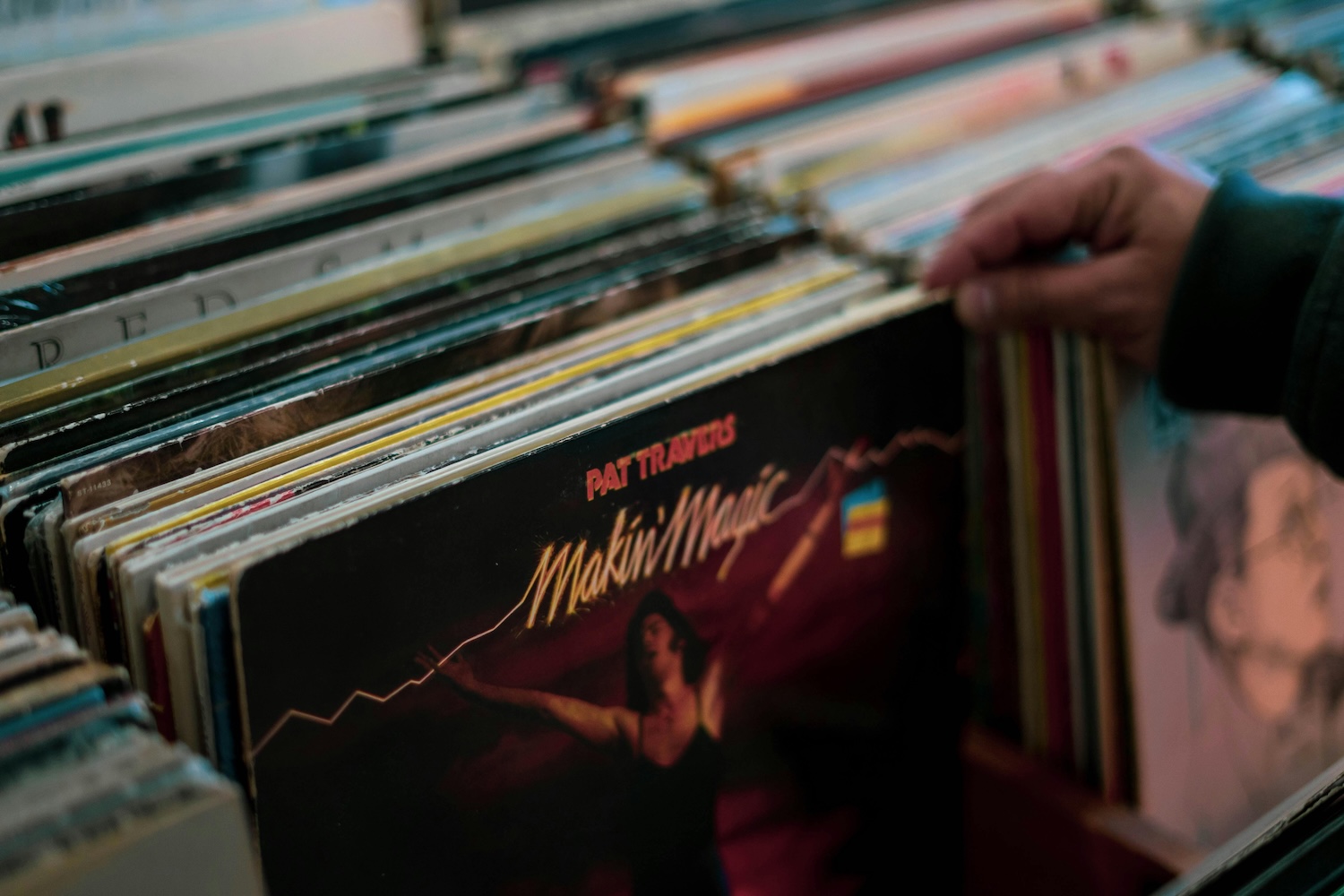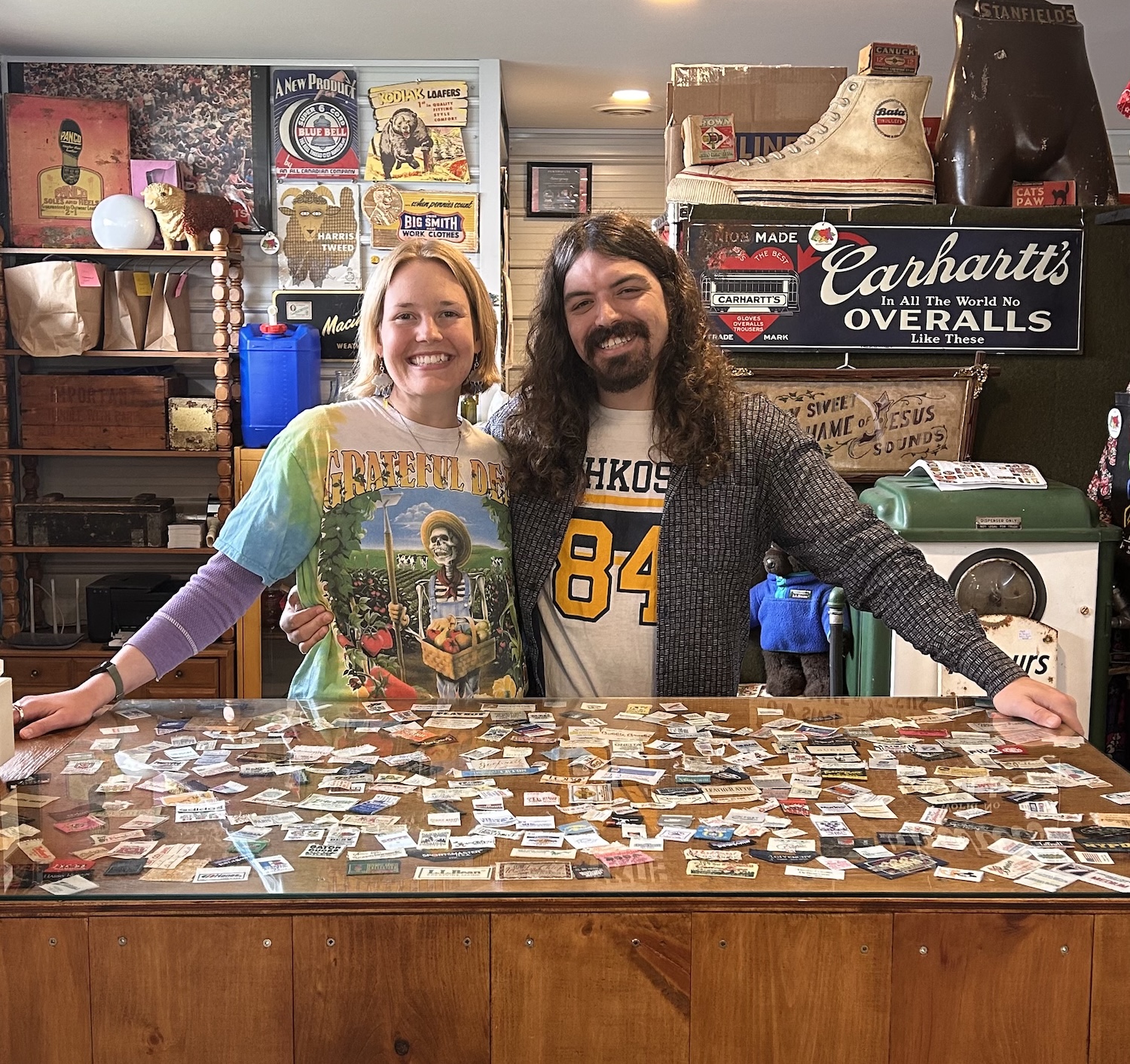
Graceful gems: What you need to know about the Aesthetic Period of Victorian jewellery
If your search for "romancecore" antique gems continues, learn how to identify pieces from the Late Victorian or Aesthetic Period with the final part of our series on Victorian jewellery
This article contains affiliate links. We independently research products. We may earn a small commission if you make a purchase through the links, at no extra cost to you, which helps to fund our website operations. Affiliate links do not inform the direction of our editorial content. Read more in our Terms & Conditions.
In the final part of this three-part series on Victorian jewellery, we’ll discuss the Late Victorian, also known as the Aesthetic Period (1885-1901) — a time when modern women demanded jewelry fit into their busy and less restrictive lifestyle.
At the same time, Queen Victoria remained a style-setter throughout her life; during the Late Victorian period, younger royals were often emulated, as were European stage actresses.
Let’s dive into the trends and new traditions that have influenced the materials, motifs and jewellery styles for over a century. (P.S. Read part one on the Romantic Period here and part two on the Grand Period here).
A brief history of Victorian jewellery from the Late Victorian or Aesthetic Period
Delicate is the word to best describe jewellery from the Late Victorian or Aesthetic Period (1885-1901). Queen Victoria would continue to mourn the loss of Prince Albert, but styles of jewellery lightened up.
Pieces were crafted to be less heavy. Women were more active in the community, the workforce and sports such as tennis and bicycling. Consequently, daytime jewellery was less in favour. Overall, Victorian women wore fewer jewellery pieces, even in the evening.
The Arts and Crafts movement in Britain, starting in 1880, was a backlash against industrialization. As a result, handmade jewellery once again gained appreciation during the Late Victorian era. Art Nouveau style followed on its heels between 1885 and 1914, bringing more nature motifs and the female form.

Motifs and materials of the Late Victorian or Aesthetic Period
Jewellery designs incorporating flowers, insects and animals remained strong. The owl represented knowledge and wisdom. Hearts were often entwined and capped off with bows, love knots or crowns. Anchors were a symbol of hope and stability. Crescent moons and stars were elements taken from the night skies.
Sporting motifs were introduced as more women participated in leisure sports. When hunting for jewellery from this era, you’ll find symbols of good fortune, such as clovers, wishbones and horseshoes. The latter was due to dapper Prince Edward, then the Prince of Wales, who loved horse racing.
Pretty, coloured gemstones were now back in fashion. Your search will reveal late Victorian jewellery with rubies, emeralds and sapphires set among dazzling diamonds.
Pearls were classics in every woman’s jewellery box, although younger women wore them in a modern way. Turquoise continued to be used extensively.
You’ll also find many pieces of jewellery made with aquamarine, amethyst, garnet, opals, moonstone, quartz, pink topaz and peridot. Black glass and horn were also used along with tortoise shells.

Jewellery trends of the Late Victorian or Aesthetic Period
Stylish Alexandra, Princess of Wales, set her jewellery trends. Her favoured jewellery was a multi-tiered pearl necklace in dog collar style or French collier de chien to hide a scar on her throat.
The princess wore these pearls in wide varieties as her base necklace, from a double-roped choker to up to ten strands. These were often paired with other spectacular necklaces containing pearls and sparkling diamonds.
One necklace, given to her as a wedding present by Prince Edward, comprised glittering diamonds with eight large round pearls surrounded by diamond clusters. Each dangled with a long pear-shaped white pearl. Today, you’ll see the stunning necklace worn by Princess Kate on formal occasions.
Continued below
Find Victorian jewellery at an antique market near you
View our events calendar
Across the pond, in the United States, the 1886 Chicago Exhibition started a trend in Indian jewellery, adored for being handcrafted and lacking formal symmetry.
The Gibson Girl hairstyle of 1890 saw women stacking their hair up high, exposing their ears and necks. Tortoiseshell hair combs unadorned or studded with gemstones were all the rage. Pins and brooches doubled as hair accessories. Scatter pins were sold together, and the series of tiny pins were to be worn along the neckline.
Diamonds were favoured for the evening. You’ll find lots of elegant stick pins from this era.

The Aesthetic Period saw an increase in stud earrings, including diamonds and pearls. Pendant earrings in gold were carved with images in high relief or studded with diamonds. You’ll also find screw-back earrings. These were available later in the Victorian era, allowing women to still be fashionable without piercing their ears.
Actress Sarah Bernhardt, on stage starring in Cleopatra in 1891, wore silver jewellery set with vivid turquoise. Women everywhere wanted to capture the same look.

Long chains were in demand for women with an active lifestyle. These practical necklaces often held watches, coin purses or lunettes. Lockets were still worn, but they were small and delicate. Whistle bracelets were new — a convenient and safe way for women to go off on their bicycles, with help being a mere whistle blow away.
Bracelets continued to be worn in multiples, especially thin and wide bangles. Many were decorated in diamonds, pearls or colourful precious gemstones such as rubies and emeralds.

Rings were spiritual and romantic. Some carried the words “The Lord watches over me.” All genders wore class rings and association rings. Brides-to-be were spoiled for choice when it came to engagement rings, with many styles still influencing couples' choices today.
Crossover rings, where the band is stylized to allow the stone on each end to cross over in the centre, represented unity and love. These were popular starting in 1885. You’ll still find this style in jewellery stores today, where it is called a “toi et moi” ring, meaning “you and me” in French.

When searching for crossover rings from the Late Victorian Period, look for diamond combinations, diamond and natural pearl, diamond and sapphire, or diamond and ruby, to name but a few. Many have smaller decorative diamonds on the band or small decorative scrolls. Other more unique styles have lovely seed pearls embedded.
The traditional diamond solitaire engagement ring came into focus with a new six-prong setting designed by Tiffany & Co. in New York. Enabling a diamond to sit high maximized its dazzling brilliance.
Many brides still preferred Georgian-inspired, Victorian Romantic Period–coloured stones with diamond embellishments, including blue sapphires, emeralds and rubies.
Identifying jewellery from the Late Victorian or Aesthetic Period
You’ll find yellow and pink gold jewellery from the Late Victorian Period crafted in nine-, 12-, 15-, 18- and 22-karat gold. Unlike its North American counterpart, gold jewellery from Great Britain will be marked as carat, not karat.
Gold from other parts of Europe will be marked to indicate the weight or a number representing parts per thousand. Additionally, you’ll find a wide variety of silver jewellery in the marketplace. Gold and silver Late Victorian jewellery will be stamped.

You’ll find costume jewellery often made from a weighted metal covered with rolled gold to replicate the real thing.
Let’s talk about platinum. A commercially economical process of crafting jewellery from platinum came with the oxyacetylene torch in 1895. If you search carefully, you’ll find Victorian jewellery crafted from solid platinum for your collection. However, platinum would become more popular after the Victorian period.
Late Victorian Period jewellery cuts and fastenings
As for stone cuts, you’ll still find polished, flat-bottomed cabochon stones and sparkling faceted types, including rose cut and old mine stones.
Always check the fastenings when searching for antique Victorian jewellery. You’ll find barrel fastenings, also known as screw clasps, on necklaces, where each side will twist together.
Slide clasps were popular on chokers. The clasp on one side of the necklace is hollow for the tube on the other side to slide into. Also new during the Late Victorian era were screw-back clasps on earrings.
Where to find Aesthetic Period or Late Victorian jewellery
Try Etsy, eBay, Ruby Lane, your local antique jewellery shops or ask a local vintage jewellery seller if they have any pieces.
Happy hunting!
Karen Barr is a freelance writer in Ottawa, Ont.
Thank you for valuing our work!
Support our work to see this page.
You’ve got a good eye, but this gem is only available for members. Register for a plan or upgrade your current one to peek behind this vintage curtain, or log in below.















